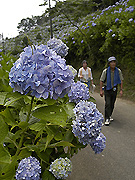
アジサイのみち
安房小湊駅からスタートして、内浦山県民の森、麻綿原高原、清澄寺までの全長13.5kmのハイキングコース。帰りは清澄寺バス停からバスで安房天津駅へ戻ることになる。7月中旬~8月中旬の開花時期には、まるでアジサイのトンネルの中を歩くようだ。所要3時間30分。
Info
Business Hours
Price
Spot Category
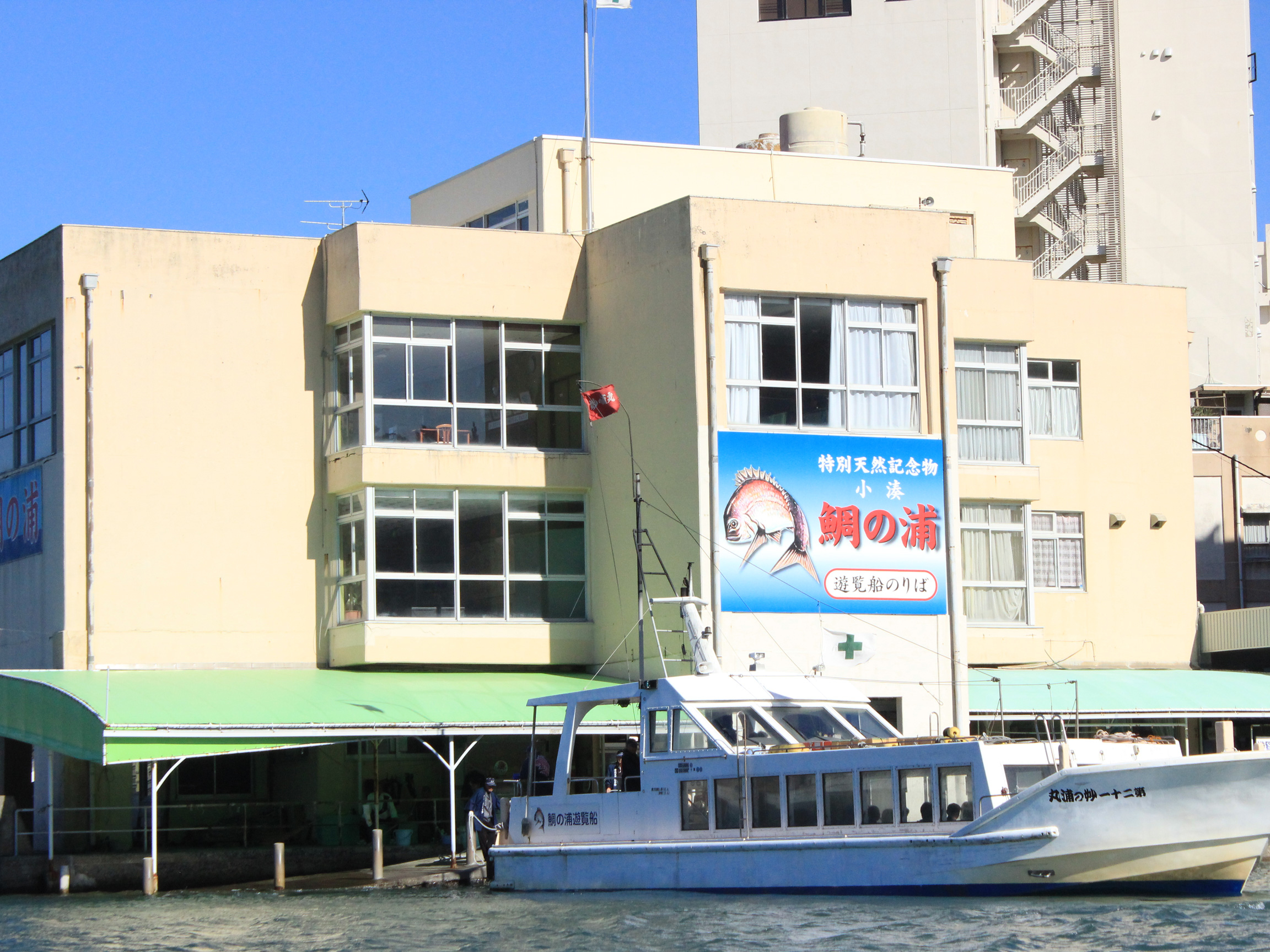
鯛の浦会館前から出航する遊覧船
The information provided reflects the details available at the time of the survey.
Please note that facility details may change due to the facility’s circumstances, so please check for the latest information before visiting.
This content has been translated using machine translation.
Information provided by: JTB Publishing
The content uses an automatic translation service, which is not always accurate.
The translated content may be different from the original meaning, so please understand and use it.

安房小湊駅からスタートして、内浦山県民の森、麻綿原高原、清澄寺までの全長13.5kmのハイキングコース。帰りは清澄寺バス停からバスで安房天津駅へ戻ることになる。7月中旬~8月中旬の開花時期には、まるでアジサイのトンネルの中を歩くようだ。所要3時間30分。
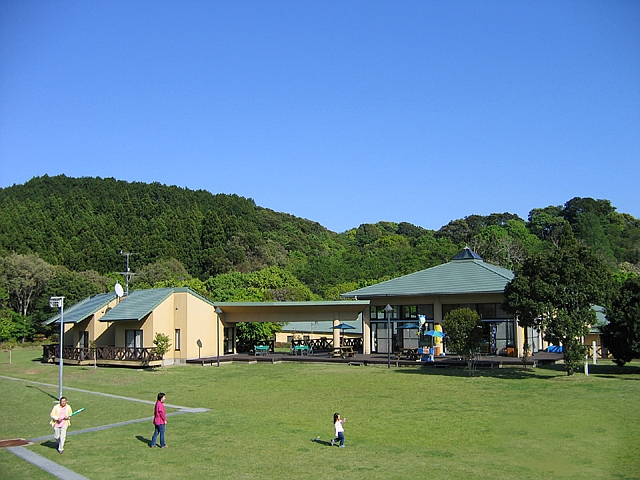
清澄山系の南東斜面に面した、294万平方mの森林。緑豊かな自然の宝庫として、ハイキングや自然観察などが満喫できる。公共の宿せせらぎ、ログキャビン、オートキャンプ場などの宿泊施設も整う。
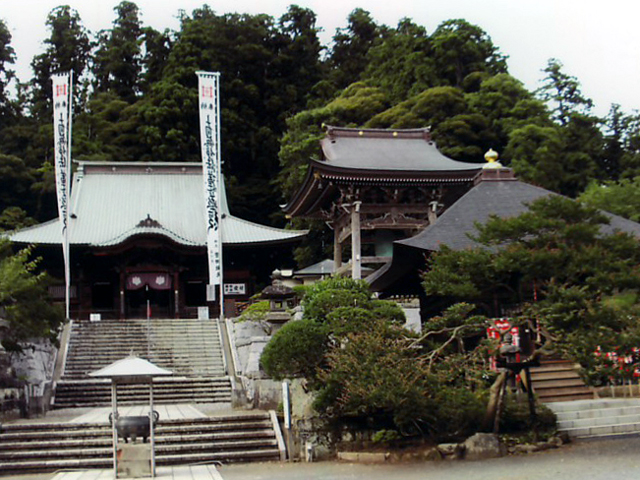
清澄山山頂近くに立つ日蓮宗の古刹。日蓮聖人は、12歳でこの山に入山。諸国を遊学後再びここへ戻り、建長5年(1253)、初めて南無妙法蓮華経と唱え布教を始めた寺として知られる。うっそうと茂る大木に囲まれた境内は広大で、大堂・客殿・宿坊・観音堂・鐘楼堂などの堂宇が立ち並び、清澄の千年スギ(天然記念物)や星の井戸、髪塚など旧跡が多い。日本で一番早く初日の出が拝めるスポット、極真空手発祥の地でもある。宿坊1泊2食9500円。宝物館は要予約(1名300円)。
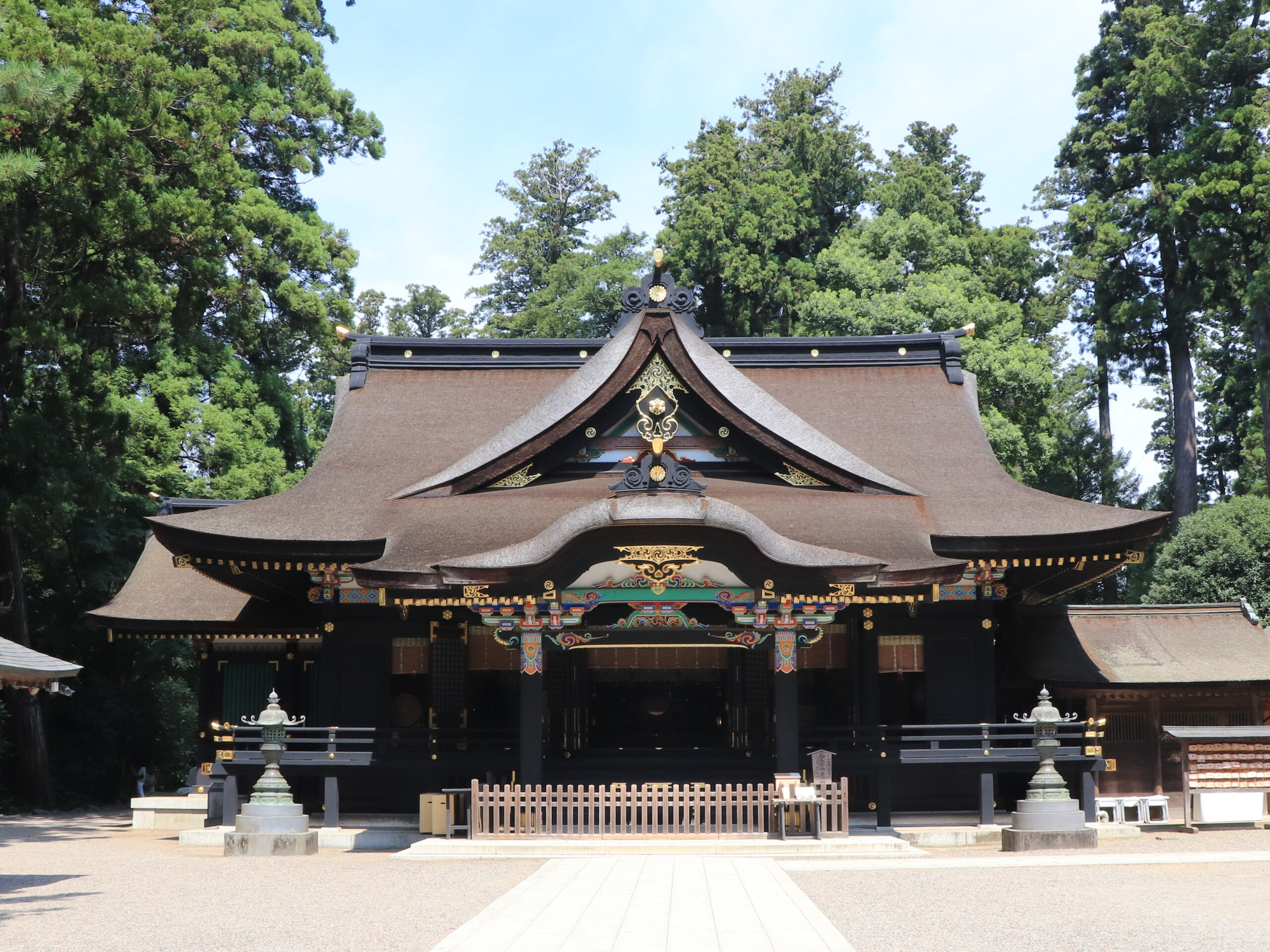
The old shrine is said to have been founded in the Imperial era of the first Emperor Jinmu. In the Katori Forest, a shrine full of giant cedar trees, there is a shrine dedicated to Takeshin. The present-day main temple (Important Cultural Property) was built by the Tokugawa 5th Shōgun, Tsunayoshi in the year of Genroku 13 (1700). Zhu Ying's Rongmen (Important Cultural Property) was also built in the same year. The forehead of a naval serviceman from the Meiji and Taisho periods, Heihachiro Togo, hangs, and the hand-planted cherry tree of Mitsukuni Tokugawa, known as the Yellow Gate Cherry Blossom, remains on his right hand. The treasure house displays fine arts and crafts and ancient documents such as the Sea Beast Grapiscope (national treasure) transmitted to the shrine.
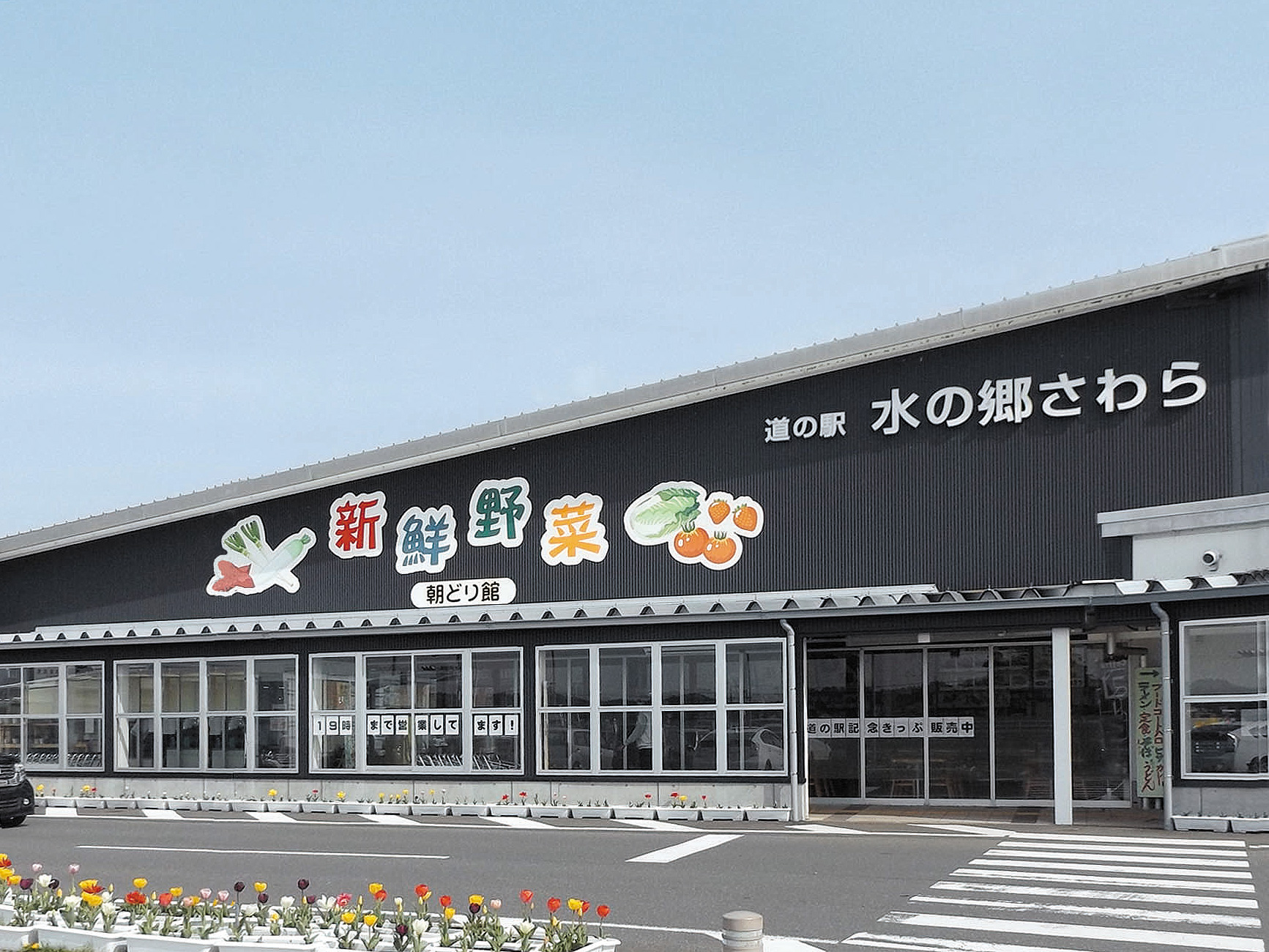
The "Water no Sato Sawara" is an integral facility of a roadside station in the southern capital and trading city of Sawara, which flourished with its craft, and a river station facing the Tone River. It provides a place to interact with "water" and "people" such as direct sales of local specialty products and various kinds of recreation using rivers, disaster prevention education and tourism information, as well as a comprehensive facility for transmitting various kinds of information.
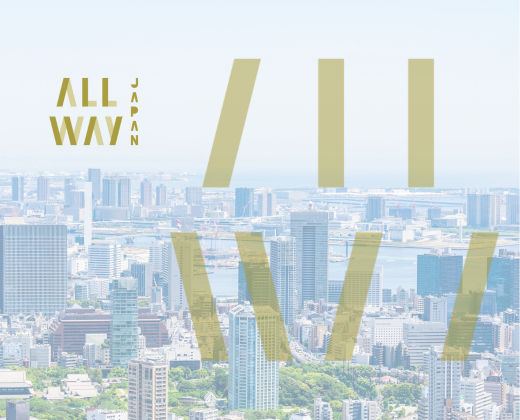
"Arashi" shops made of bamboo and wood. In the past, there used to be one in every town, but now there are fewer. Let's look for items that can be used in modern life, such as zaru and ohitsu.
This website uses cookies so that we can provide you with the best user experience possible. Cookie information is stored in your browser and performs functions such as recognising you when you return to our website and helping our team to understand which sections of the website you find most interesting and useful.
Strictly Necessary Cookie should be enabled at all times so that we can save your preferences for cookie settings.
If you disable this cookie, we will not be able to save your preferences. This means that every time you visit this website you will need to enable or disable cookies again.
